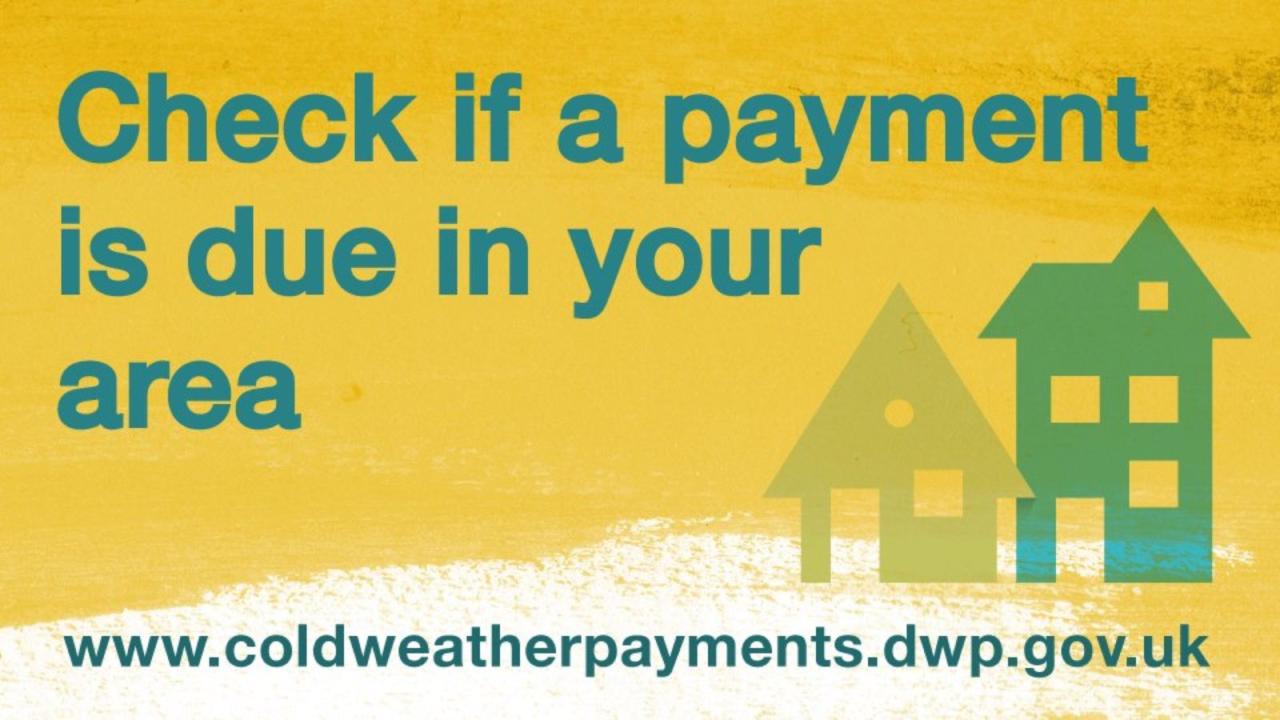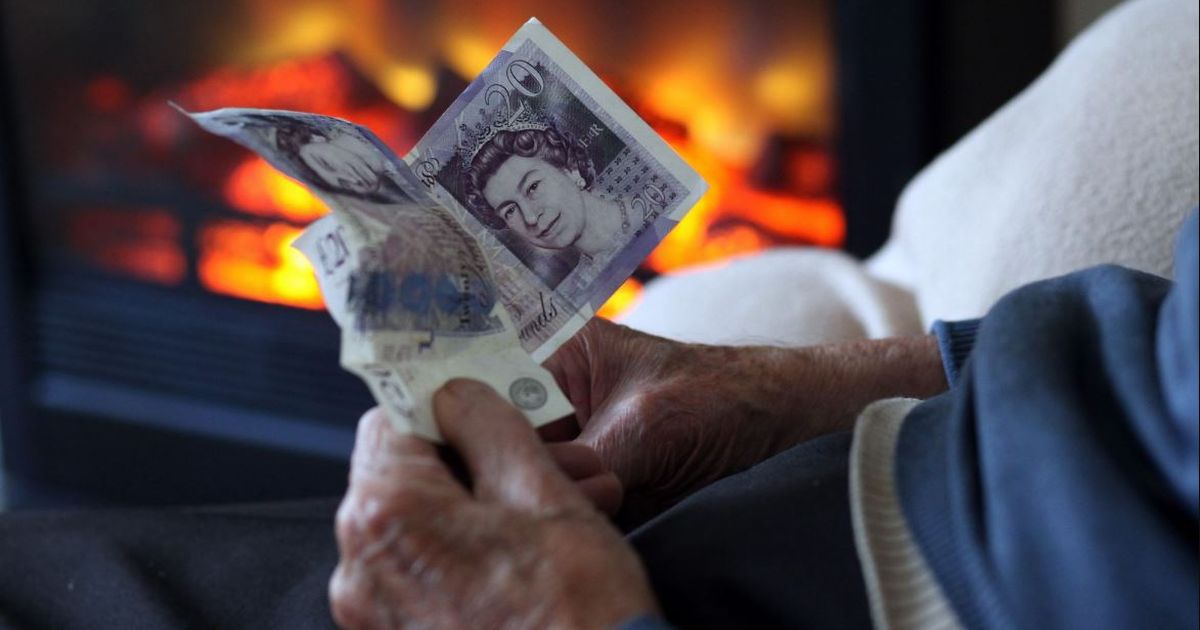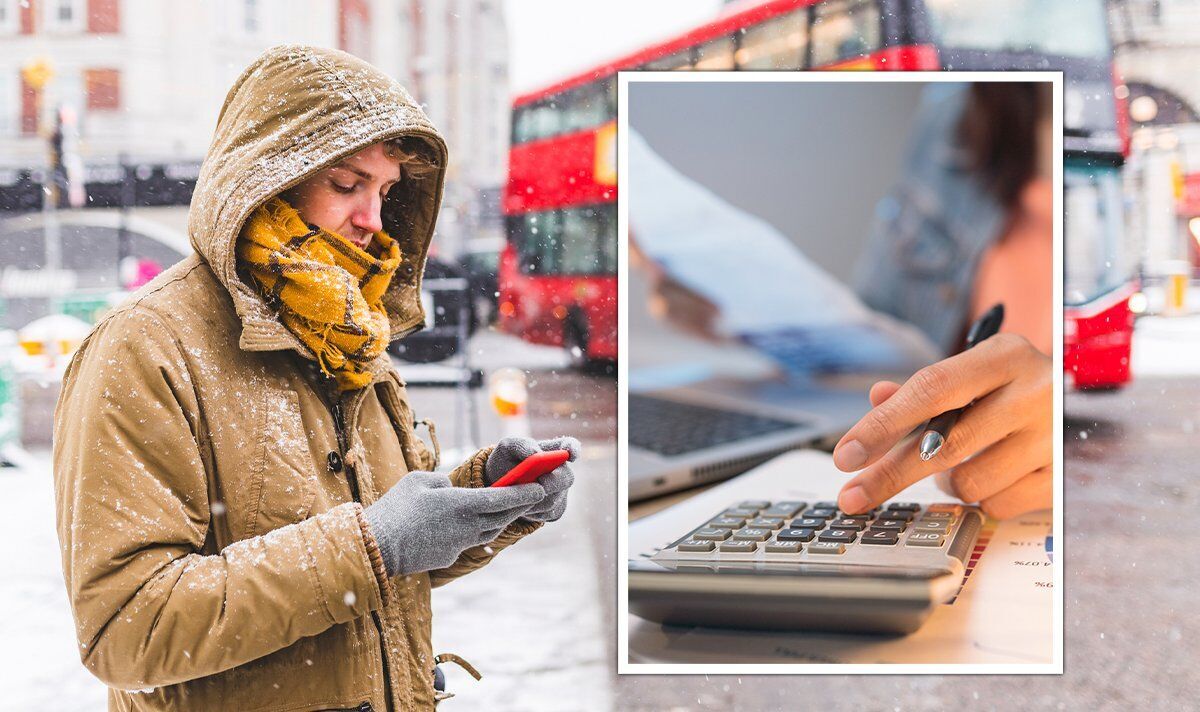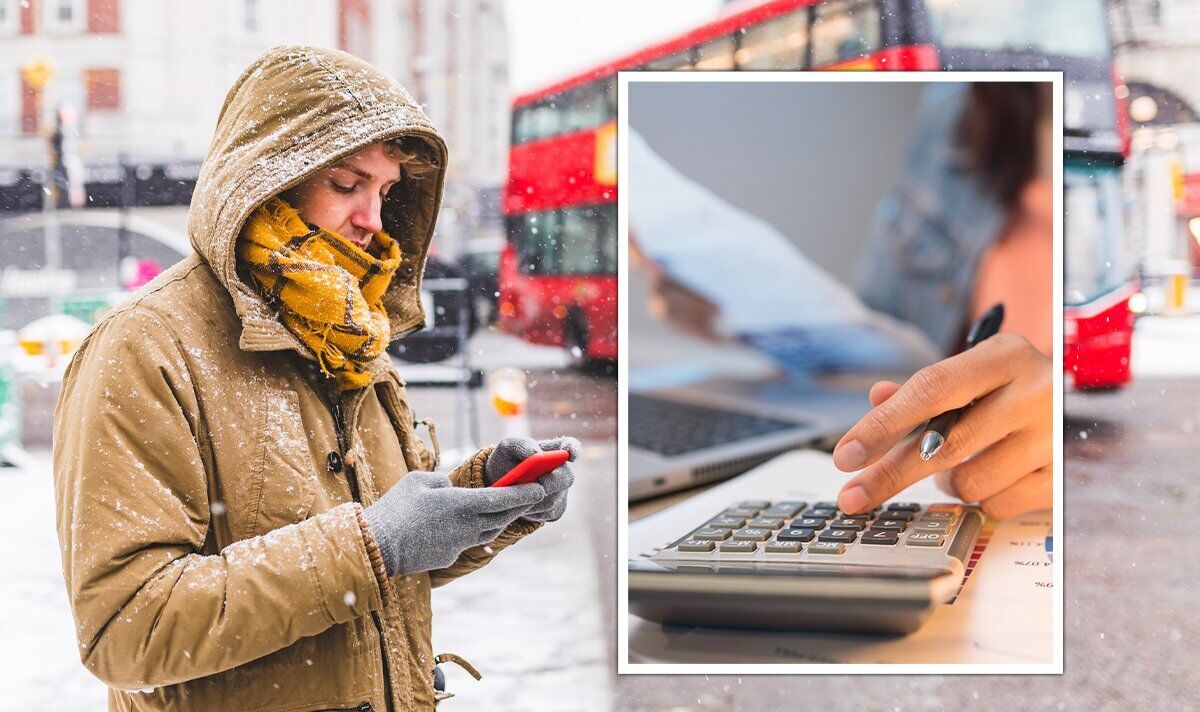Special £25 Cold Weather Payments set to enter bank accounts in the coming weeks! This means vital financial assistance for many struggling with the rising cost of heating during winter. We’ll break down who’s eligible, when to expect the money, and how it impacts household budgets. Let’s dive in and see if you qualify for this helpful payment.
This article covers the eligibility criteria, payment timeline, and the government’s reasoning behind the scheme. We’ll also explore public reaction and answer some frequently asked questions. Understanding this program is crucial for those who might need the extra support this winter.
Cold Weather Payments: A Detailed Guide: Special £25 Cold Weather Payments Set To Enter Bank Accounts In

The £25 Cold Weather Payment is a vital lifeline for many vulnerable individuals during harsh winters. This guide provides a comprehensive overview of the payment’s eligibility criteria, payment process, impact, government rationale, and public perception.
That £25 Cold Weather Payment hitting your account? It’s all about timing, right? Just like in hockey, as you’ll see if you check out this article on Why timing is key consideration in potential Jonathan Toews NHL. Getting that payment now is crucial for managing winter bills, much like a player needs the right moment to make a game-winning play.
So keep an eye on your account for that extra cash!
Payment Eligibility Criteria
To receive the £25 Cold Weather Payment, individuals must meet specific criteria. Eligibility hinges on location, the occurrence of a prolonged period of very cold weather, and receipt of specific qualifying benefits.
- Geographic Location: The payment is triggered by low temperatures in specific postcode areas across the UK. These areas are regularly reviewed and updated by the government.
- Temperature Threshold: A payment is triggered when the average temperature in an area is recorded as, or falls to, 0°C or below for seven consecutive days.
- Qualifying Benefits: Recipients must be in receipt of one of several qualifying benefits, including Pension Credit, Income Support, Income-based Jobseeker’s Allowance, Income-related Employment and Support Allowance, Universal Credit, and Housing Benefit.
- Income Thresholds: There are no specific income thresholds beyond the requirement to be receiving one of the qualifying benefits mentioned above.
Examples: An elderly person receiving Pension Credit would qualify, as would a family receiving Universal Credit. However, someone working full-time and not receiving any of the qualifying benefits would not qualify, even if they are struggling financially during the cold weather.
Payment Timeline and Process
Payments are typically made within 14 days of the seven-day period of cold weather being recorded. The precise dates vary depending on when the cold snap occurs.
- Payment Method: Payments are automatically credited directly into the bank account linked to the recipient’s qualifying benefit claim.
- Delayed Payments: If you believe you are eligible but haven’t received the payment, you should first check your bank statement carefully. If it’s still missing, contact the relevant government agency responsible for your benefit payments (e.g., the Department for Work and Pensions).
- Payment Verification: Recipients can verify their payment by checking their bank statements for the £25 credit. They can also contact their benefit payment provider to inquire about the status of their payment.
Impact of the Payment on Recipients, Special £25 Cold Weather Payments set to enter bank accounts in

The £25 Cold Weather Payment provides crucial financial assistance to vulnerable individuals during periods of cold weather, helping to alleviate the strain of increased energy costs.
Hey, did you hear about the Special £25 Cold Weather Payments hitting bank accounts? It’s great news for those needing extra cash during the cold snap. Imagine, though, getting an automated notification about it, using a super realistic voice – check out this link for info on the best AI voice generator for realistic human voices – to see how that could work.
Anyway, back to the payments; make sure you check your account for that extra £25!
| Income Bracket | Payment Amount | Percentage of Monthly Expenses Covered | Impact on Energy Bills |
|---|---|---|---|
| Low Income (£100-£200 per week) | £25 | Approximately 1-2% | Partial offset of increased energy usage |
| Middle Income (£200-£350 per week) | £25 | Less than 1% | Minimal impact |
| High Income (£350+ per week) | £25 | Negligible | Insignificant |
| Pensioner (Average Pension) | £25 | Approximately 2-3% | Significant help with heating costs |
While the payment is relatively small, its impact can be significant for those on low incomes, particularly pensioners, helping to cover a portion of their increased energy bills and reducing the risk of fuel poverty.
Government’s Rationale for the Payment
The government introduces the Cold Weather Payment scheme to protect vulnerable individuals from the health and financial risks associated with prolonged periods of cold weather.
Hey, so those Special £25 Cold Weather Payments are hitting bank accounts soon – good news for those battling the chill! It’s a bit of a contrast to the tech world, where Apple to pay $95M to settle lawsuit accusing Siri of eavesdropping is making headlines. Anyway, back to the good news: keep an eye out for that extra cash to help you stay warm!
The program aims to provide a safety net for those most at risk, reducing the incidence of hypothermia and related health issues. It has been in place for many years, undergoing occasional minor adjustments to ensure it remains relevant and effective.
Visual Representation: A bar chart could effectively illustrate government spending on the Cold Weather Payment compared to other social welfare programs. The chart would feature several bars representing different programs (e.g., Cold Weather Payment, Housing Benefit, Pension Credit), with the height of each bar corresponding to the total annual expenditure on that program. This would provide a clear visual comparison of the relative investment in each initiative.
Public Perception and Response

Public opinion on the Cold Weather Payment is generally positive, recognizing its value in supporting vulnerable individuals during cold spells. However, there are also criticisms.
- Criticisms: Some argue that £25 is insufficient to cover the rising cost of energy, and that the payment’s eligibility criteria could be broadened to include more people in need. Others suggest that the payment should be indexed to inflation to maintain its purchasing power over time.
- Media Coverage: Media coverage often highlights both the positive aspects of the scheme and the calls for improvement, reflecting the ongoing public debate surrounding its effectiveness and reach.
- Potential Improvements:
- Increase the payment amount to reflect current energy prices.
- Extend eligibility to include individuals on low incomes who do not qualify for the existing benefits.
- Introduce a more flexible system that responds to localized weather conditions more accurately.
End of Discussion
The £25 Cold Weather Payment is a lifeline for many facing energy price hikes during winter. While the amount might seem small, its impact on household budgets can be significant, offering much-needed relief. Understanding the eligibility criteria and payment process is key to ensuring you receive the support you’re entitled to. Stay informed and check if you qualify!
Top FAQs
What happens if I don’t receive my payment?
Contact the relevant government agency to inquire about the status of your payment. They can investigate and help resolve any issues.
Can I get the payment if I’m already receiving other benefits?
Yes, eligibility for the Cold Weather Payment is separate from other benefits. You can receive both.
How is my eligibility determined?
Eligibility is based on your registered address and whether it falls within a designated cold weather area. Income thresholds may also apply, depending on the specific program guidelines.
Will I receive a notification before the payment is made?
Generally, you won’t receive a separate notification. The payment should appear directly in your bank account on the scheduled date.
